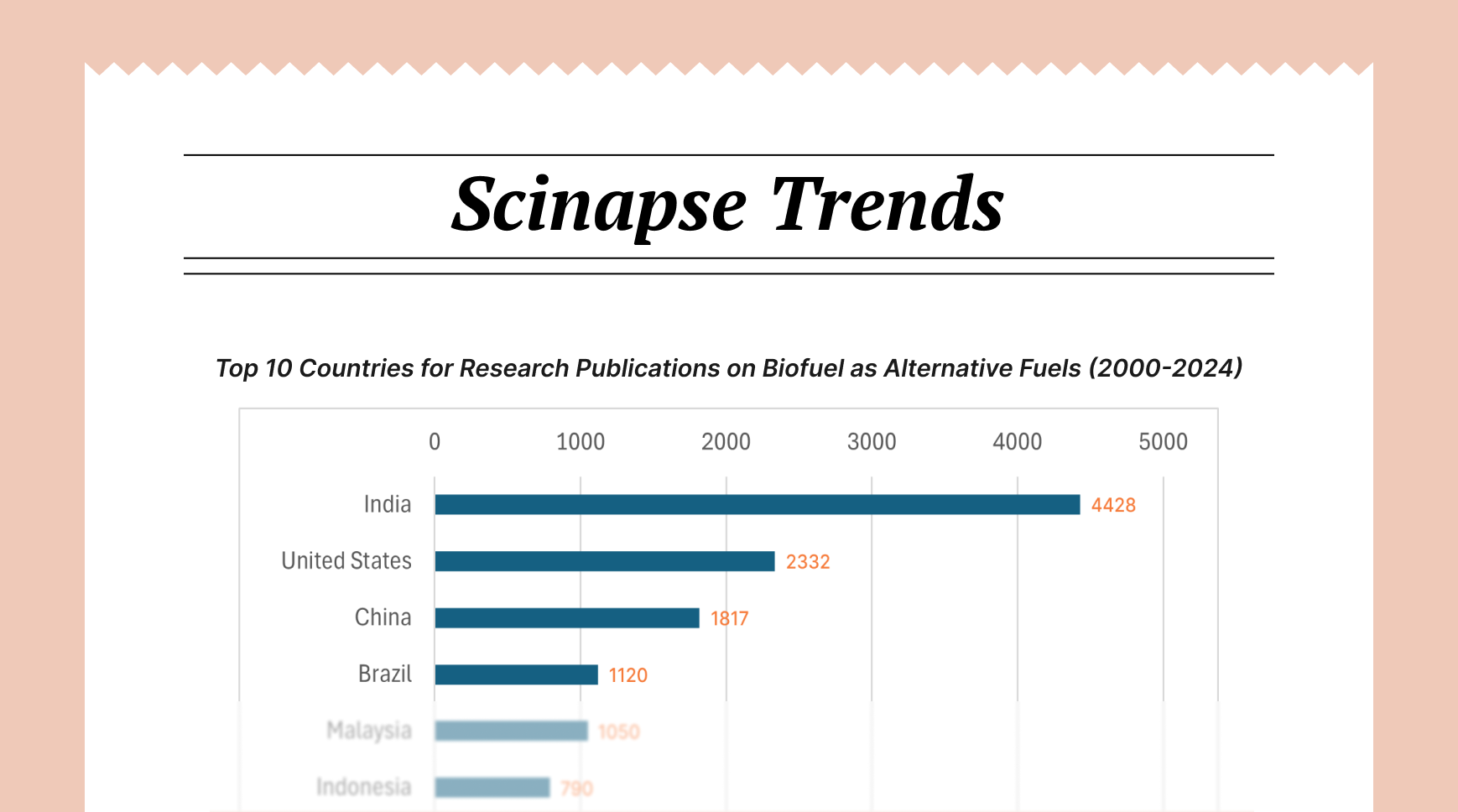Excel at Scientific Discovery With an AI Research Assistant: 5 Best Practices to Follow

An AI research assistant at its complete potential will improve research journeys for scholars, offering unprecedented capabilities in data processing, analysis, and content generation; however, their effective use requires a thoughtful and structured approach.
Let’s understand the five best practices for using an AI research assistant while maintaining scientific rigor and research integrity.
5 Best Practices to Follow When Using an AI Research Assistant
1. Leverage Semantic Academic Search Engine Capabilities
Key Strategies:
- Move beyond simple keyword searches to concept-based right keywords
- Input the right research field and/or allied research fields
- Explore related concepts even when exact terms don't match
Implementation Tips:
- Start with broader conceptual queries before narrowing down
- Use synonyms and related terms to capture different perspectives
- Combine multiple concepts to find interdisciplinary connections

2. Utilize Citation Network Analysis
Key Strategies:
- Map the evolution of ideas through citation relationships
- Identify emerging research fields and seminal works
- Track how concepts develop across different fields
Implementation Tips:
- Start with recent high-impact papers and trace backward
- Look for papers that bridge different research areas
- Pay attention to citation patterns over time
3. Implement Intelligent Content Organization
Key Strategies:
- Create themed research collections
- Use AI-powered categorization
- Develop dynamic research maps
Implementation Tips:
- Organize papers by sub-topics and methodologies
- Tag papers with multiple relevant categories
- Regular review and reorganization of collections
4. Leverage Personalized Research Recommendations
Key Strategies:
- Train the AI through consistent interaction
- Provide feedback on recommendation relevance
- Build a focused research profile
Implementation Tips:
- Regularly interact with relevant content
- Explicitly mark particularly relevant papers
- Update research interests as they evolve
5. Practice Strategic Literature Discovery
Key Strategies:
- Combine automated discovery with manual curation
- Use impact metrics intelligently
- Balance breadth and depth in literature review
Implementation Tips:
- Set up automated alerts for new relevant research
- Use multiple metrics to evaluate the paper's importance
- Regularly explore adjacent research areas
Key Takeaway!
Effective use of an AI research assistant requires a systematic approach that combines technological capabilities with human insight. These five best practices provide a framework for maximizing the benefits of AI assistance while maintaining research quality and efficiency. Remember that the goal is to enhance, not replace, human research capabilities and that the most effective results come from the thoughtful integration of AI tools into existing research workflows.
To leverage AI as your research assistant, contact Scinapse.io to book a demo.
Author: Uttkarsha B
- AI-Ethicist and STM Research & Publishing Expert
Never re-search again.
Scinapse is made by researchers for researchers.
Join the next generation of research at ⏯️ https://scinapse.io/
Pluto Labs
Pluto Labs helps researchers focus on their research by improving several inefficiencies in the academic research process. We offer data-driven insights from academic papers, allowing users to easily obtain review-level results for their desired range of papers.
https://pluto.im/





Comments ()